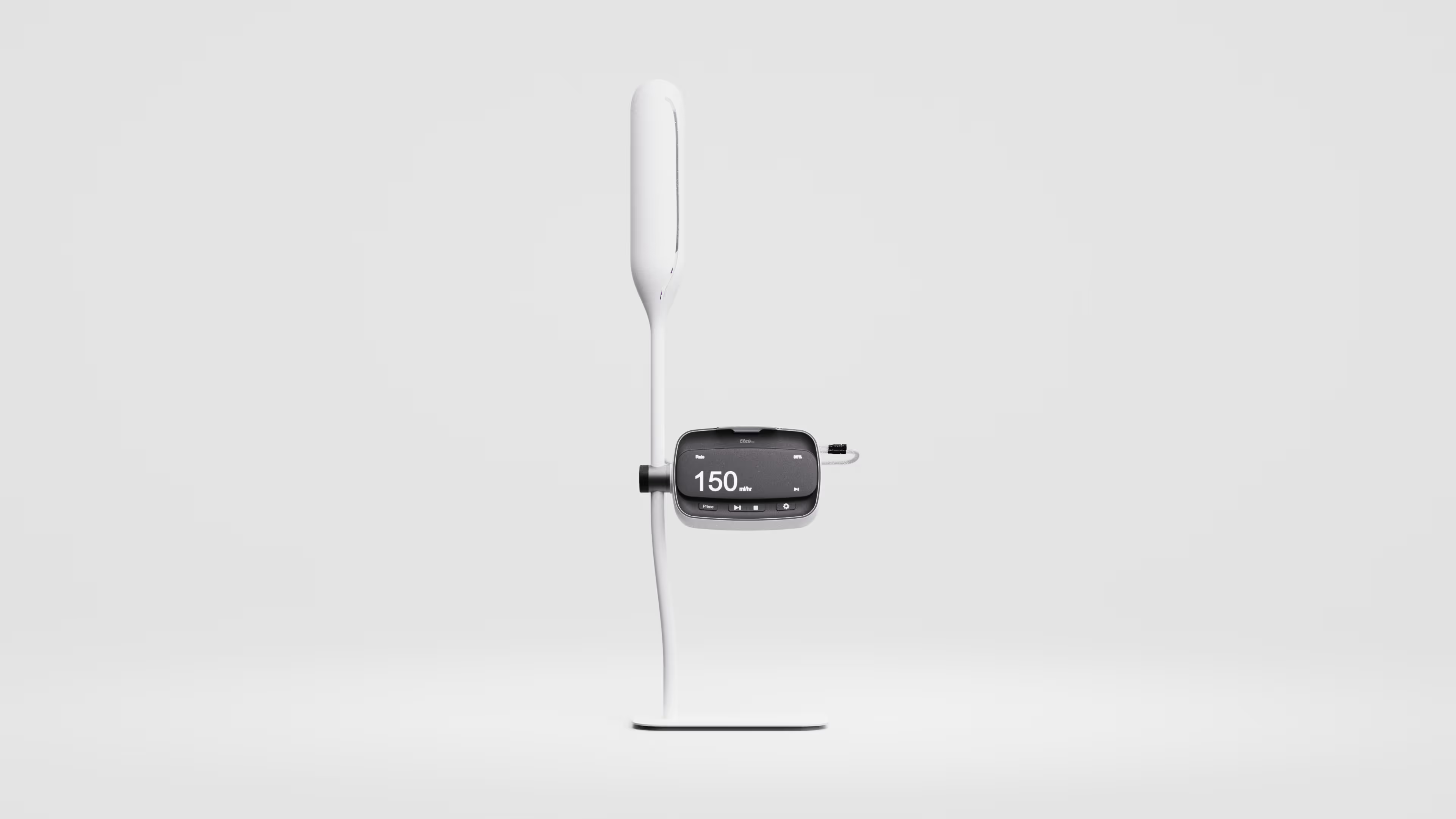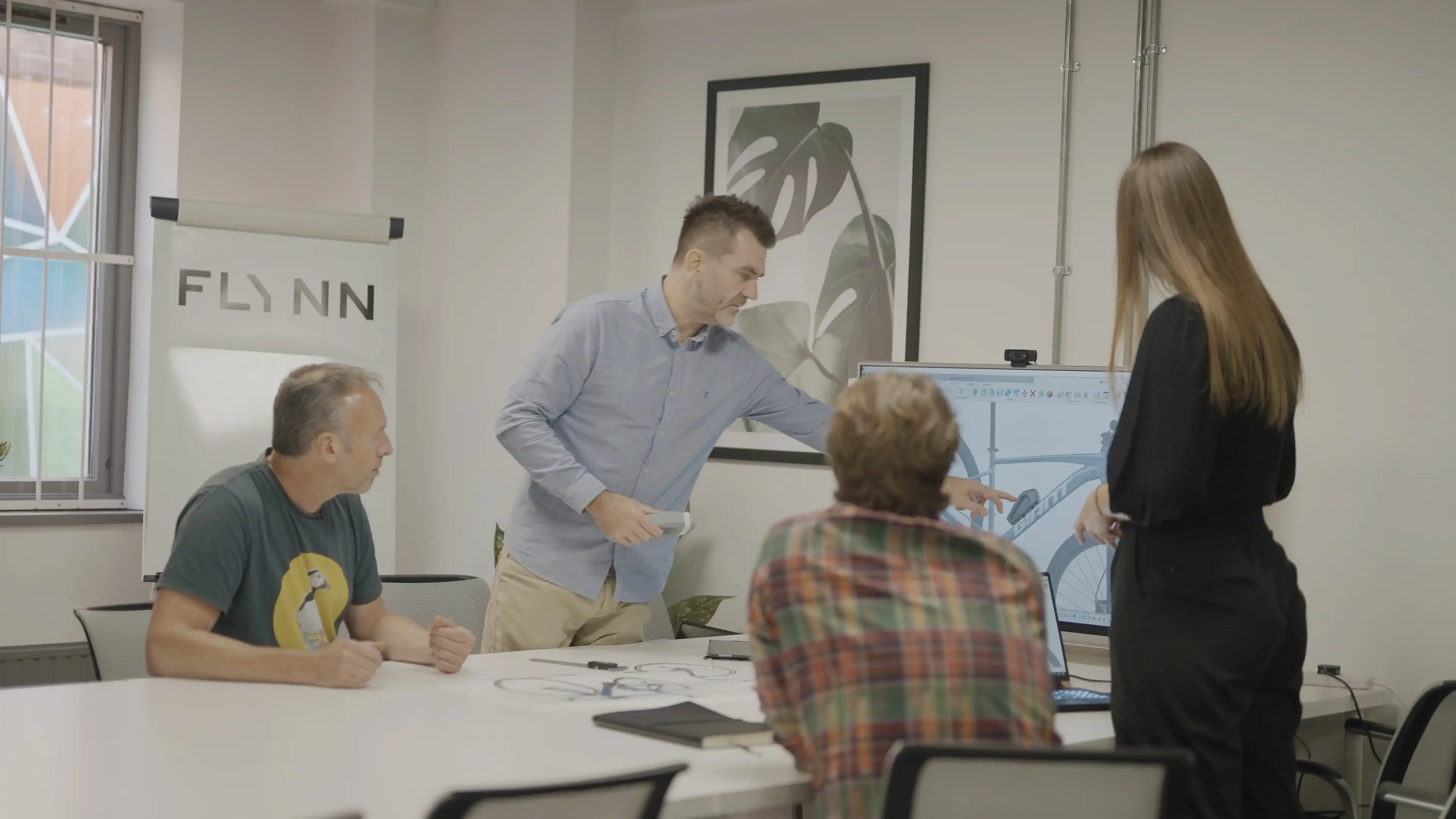The Beauty Of Simplicity In Product Design
The Beauty Of Simplicity In Product Design
In the fast-moving world of today, where the boundaries of what’s possible are constantly being pushed by technology and innovation, its very easy to get carried away creating products that are more complex, more advanced and packed with features. But, amidst all this innovation the truth remains, the most successful and timeless products are the ones that embrace simplicity.
Now, we aren’t talking about stripping away functionality or sacrificing aesthetics, that isn’t what simplicity is about in product design. Its about zooming in on what really matters, designing a product that is both highly functional and aesthetically pleasing, without unnecessary embellishments. The beauty of simplicity is in its ability to deliver an experience that is intuitive, effortless, and harmonious.
“Simplicity is the ultimate sophistication” Leonardo Da Vinci
Simplicity Is Timeless
Simplicity in design has been immensely popular in recent years but its not a new thing at all. This minimalist design movement stems from the Bauhaus movement of the early 20th century. A movement which sought to bring together art and technology in order to produce both practical and beautiful products. In the decades to follow it continued to evolve. Great designers like Dieter Rams really brought its popularity with his furniture and electronics characterized by their simplicity and functionality.
“Good design is as little design as possible.” Dieter Rams
Today, it's often easier to add feature after feature to a design than to strip it back and solve the problem in the simplest way possible. With modern technology, it’s more cost-effective than ever to include "wireless this" and "connected that" or "voice-enabled this." But more tech doesn’t always translate to more value.
Design simplicity, however, is about returning to the basics of an experience or product, focusing on solving real problems for consumers in an elegant and sophisticated way. This approach is crucial because it makes customers feel understood by your brand, meeting their needs with clarity and precision.
Aesthetics: The Elegance of Minimalism

You can strip product design into two parts, aesthetics and functionality, both of which can benefit from simplicity.
A simple design displays a sense of elegance and sophistication that is harder to achieve with more ornate and complex forms. Simplicity, as a design philosophy, embodies this approach. When designing with this philosophy in mind, you strip a product down to its essential elements, creating an aesthetic that is clean, uncluttered and timeless.
Think of iconic products like the Eames Lounge Chair or the Braun SK 4 record player. These designs have stood the test of time not because of their complexity, but because of their simplicity. Their clean lines, thoughtful proportions, and lack of unnecessary details make them visually appealing and universally recognizable.

Some may think that designing a simple product would be easier than one that is highly complex, but its not always the case. When looking to achieve simplicity in your designs it can be easy to make the product look plain or boring, which is definitely not what this design movement is about. It's about carefully considering every aspect of the design, from the materials you use, to the colour palette and the form factor, to create a product that is visually coherent and appealing. This requires a deep understanding of how each design element interacts with the others, and how they contribute to the overall visual experience.
Functionality: Designing for Purpose

At the centre of great product design is functionality. Products are designed to solve problems, so they should do so with efficiency and ease. When we prioritize simplicity in our designs, we focus on the core functions that the product needs to do its job, without introducing any extraneous features that could complicate the user experience.
Consider a chef’s knife for example, its purpose is clear, it’s to cut. The best chef’s knives do not need additional features like built in sharpeners or digital readouts. Instead, it shines in its simplicity, with a sharp blade, a comfortable handle, and balanced weight. Its simplicity allows the user to focus on the task at hand without being distracted by unnecessary extras.
While this may seem like an obvious example, this principle can be applied to a wide range of physical products, from house hold appliances to industrial machinery. When a product’s design is grounded in simplicity, it exhibits greater usability, durability, and customer satisfaction. The product performs its function without excess, and in doing so, it becomes a tool that users can rely on and appreciate over time.
The Balance of Form and Function

The beauty of simplicity in product design lies in the balance between form and function. When both these elements have been designed with simplicity in mind, its functionality and aesthetics are not at odds with one another, instead they complement and enhance each other.
Consider the classic wristwatch. While smartwatches today are incredibly popular and packed with countless features (many of which go unused), they are constantly being updated and replaced. In contrast, the classic Swiss wristwatch has remained largely unchanged for hundreds of years, embodying a timeless appeal (pun intended). Why? Simplicity.
A well-designed watch fulfils its primary function, telling time while also making a statement of style. Its clean, legible face, smooth hand movement, and comfortable fit on the wrist contribute to both its functionality and visual appeal, without any unnecessary features to detract from its purpose or elegance.
This balance is what makes simple designs so powerful. They resonate with users on a practical and emotional level, creating a sense of satisfaction and connection that is often missing in more complex products.
Simplicity as a Guiding Principle
Simplicity is not a constrain in product design, it should be seen as a guiding principle. It challenges designers to focus on what truly matters, to create products that are not only functional and beautiful but also meaningful.
By embracing simplicity, you can create products that are intuitive to use, aesthetically pleasing, and timeless in their appeal. These are the products that stand out in a crowded market, that users keep returning too, and that ultimately define what great design is all about.
Simplicity, when done well, is not just a lack of complexity, it is the essence of thoughtful, intentional design. It is the beauty that lies in understanding what a product should be, and nothing more.
We provide businesses with product design consultancy, industrial design, prototype design & related services.
.avif)


